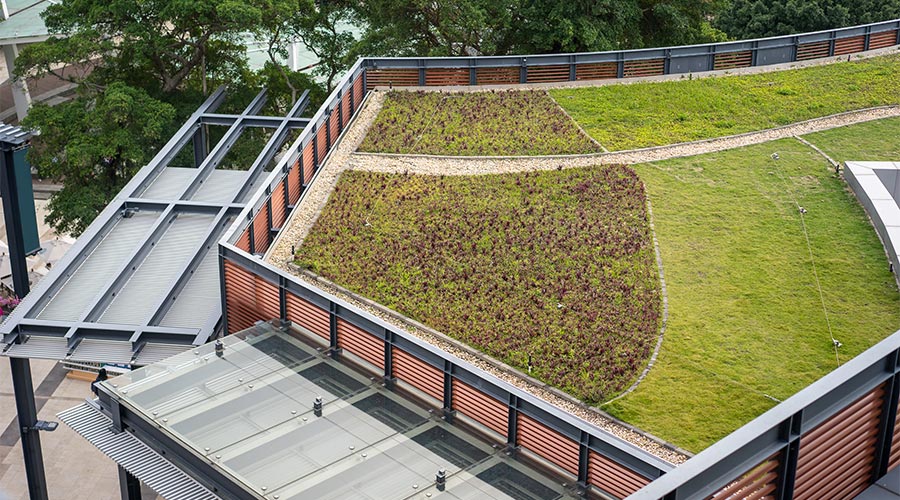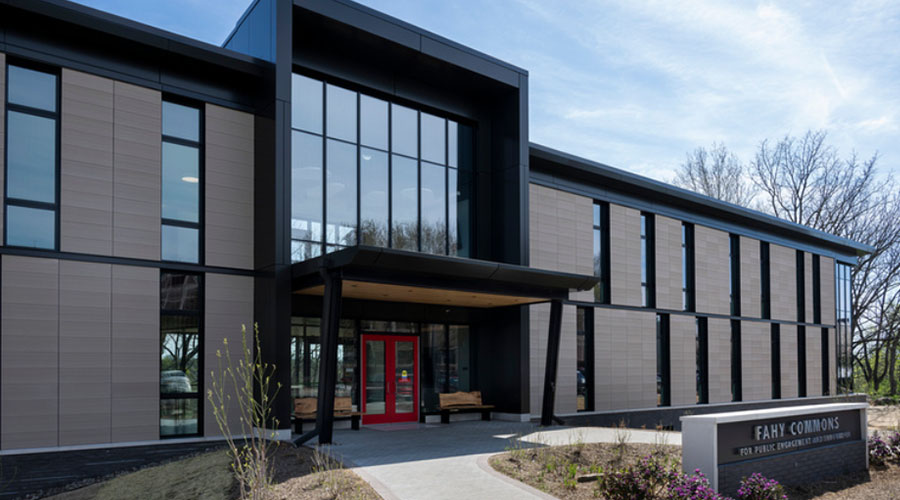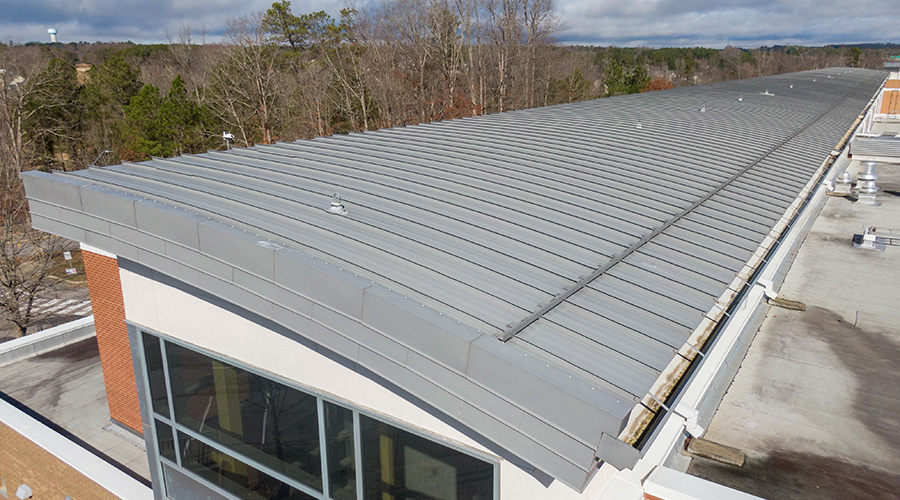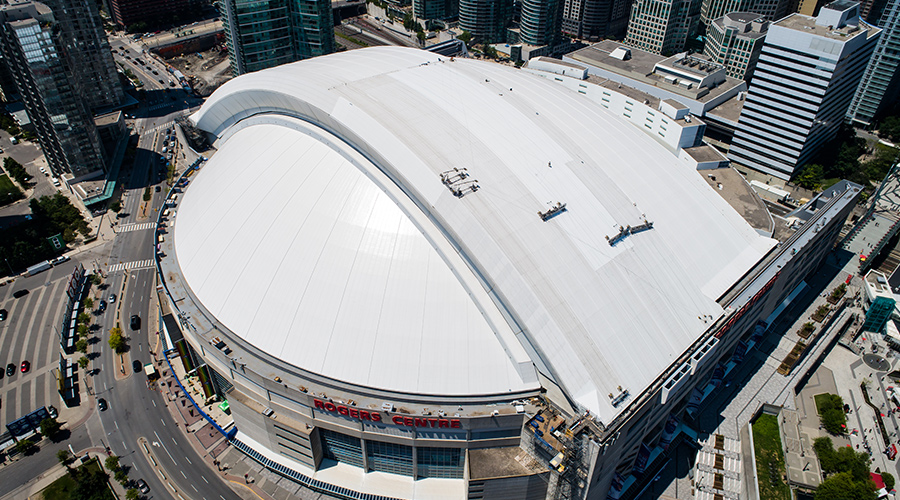New Codes, Regulations Help Drive Improvements in Roof Efficiency
Before taking a look at the specific requirements of the various codes and voluntary rating systems, it's important to understand the metrics they use.
Reflectivity ratings are based on the roof surface's ability to reflect ultraviolet rays from the sun. Studies have indicated that reflective surfaces will cool the building in the summer, decreasing the use of air conditioning, which decreases cooling costs and energy capacity. The Energy Star program establishes the reflectivity rate of a roof surface for low-slope (less than 2:12) roof systems at .65 the first three years and .50 after three years. LEED provides points based on this program.
Emissivity measures the ability of a roof to emit back to the atmosphere the solar energy that it has absorbed, rather than transferring that absorbed energy to the interior of the building. Finally, the Solar Reflective Index (SRI) is a relatively new measure that combines solar reflectivity and emissivity. It is calculated via ASTM standard E 1980.
The past decade has seen a concentrated effort to develop standards for environmental and sustainable materials. So far, these standards have not been added to the International Building Code (IBC). However, some of these regulations have become codes in select municipalities and states. For instance, in California, Title 24, the state's energy code, has been part of the state building code for a number of years. Several municipalities throughout the country have incorporated Energy Star roof reflectivity ratings into their codes. And most industry experts agree that it is just a matter of time before LEED becomes part of the IBC. In fact, the new International Green Construction Code, due out in 2012, will include standards for cool roofing.
LEED is a green building rating system based on points through energy savings and other sustainable strategies accumulated on a whole-building basis. Roofing materials can have an impact in three of these categories: Sustainable Sites, Energy and Atmosphere, and Materials and Resources. Roof systems can have an impact through thermal capacity, reflectivity and emissivity. Thermal capacity is achieved through higher R-values, predominantly from insulation. High thermal value insulation will reduce heat loss in the winter months, which decreases heating costs and energy capacity. LEED for New Construction's credit for "heat island effect — roof" requires low-sloped roofs to have an SRI of 78 and steep-sloped roofs (roofs with greater than 2:12 pitch) to have an SRI of 29.
LEED points can also be achieved if any of the roof system materials are manufactured within 500 miles of the building site. Additional points can be accumulated if a member of the project team is a LEED accredited professional and for exceptional performance in innovation of application or design. Recyclable materials or materials manufactured from recycled products (some perlite and fiberboard insulations) can also provide LEED points on a project.
The most recent regulation that will have an impact on the roofing industry is ANSI/ASHRAE 189.1 Standard for the Design of High-Performance Green Buildings. This new whole-building green code relies on ANSI/ASHRAE 90.1. The goal of the new standard is for buildings to be 30 percent more energy efficient then the 2007 version of ASHRAE 90.1. The standard covers all new buildings and new systems in existing buildings except low-rise residential buildings. This regulation provides the requirements for roof insulation R-values and reflective and emissivity requirements for every region of the country.
It should be noted that ASHRAE 189.1 hasn't yet been adopted on a widespread basis, but many experts expect that it will be soon. So it is a best practice to check the local codes on all of your projects.
Due to this new focus on environmentally responsible roofing, there has been a concentrated effort by roofing manufacturers to produce products that meet the requirements spelled out in these green building initiatives.
Related Topics:













